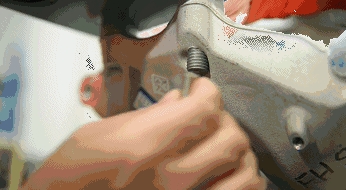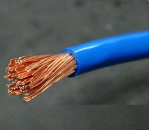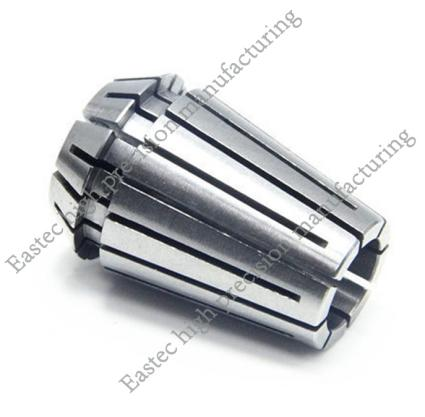
Bolt assembly is divided into two levels: the torque method and the angle method.
The first is the **torque method**, which has the advantage of requiring relatively simple equipment. A standard electric tool or a torque-controlled pneumatic tool can achieve the desired results.
The second is the **angle method**, which offers the advantage of rotating a certain angle after reaching a specific torque. This directly results in the elongation of the bolt, and based on the bolt's elastic coefficient, the clamping force can be directly determined!
The angle method provides higher precision in controlling the tensile force compared to the torque method. The torque method can achieve an accuracy of ±25%, while the angle method can achieve ±15%. The control and measurement tools used for each method are different.
In practical applications, the choice between the torque-angle method requires consideration of multiple factors. First, it depends on the material and structural characteristics of the connected parts. For rigid connections, the torque method is usually sufficient, while for elastic connections or situations requiring precise control of preload, the angle method is more suitable.
When implementing the torque method, the following techniques should be noted:
1. **Select the appropriate torque value.** This requires considering the bolt's strength grade, the material properties of the connected parts, and the working environment.
2. **Ensure the cleanliness of the threads and contact surfaces.** Any impurities can affect torque transmission, leading to inaccurate preload.
3. **Use the correct lubricant.** Proper lubrication can reduce the friction coefficient, allowing torque to be more effectively converted into preload.
4. **Follow the correct tightening sequence.** For connections with multiple bolts, a cross-symmetrical sequence should be followed to ensure even distribution of preload.
For the angle method, in addition to the above considerations, special attention should be paid to:
1. **Accurately determine the initial torque.** This is the foundation of the angle method, as errors in the initial torque will directly affect the precision of the final preload.
2. **Precisely control the rotation angle.** Specialized angle measurement tools are required to ensure the accuracy of the angle.
3. **Consider the bolt's elastic properties.** Bolts of different materials and specifications have different elastic coefficients, which affect the relationship between the rotation angle and preload.
In practice, the two methods are sometimes combined. For example, the torque method is first used to achieve a certain preload, followed by the angle method for precise control. This approach balances efficiency and precision, making it particularly suitable for applications with high preload requirements.
Regardless of the method used, regular calibration of tools is essential to ensure measurement accuracy. Additionally, operator training and experience are crucial. Skilled operators can flexibly adjust tightening strategies based on actual conditions to ensure connection quality.
With technological advancements, intelligent bolt tightening systems are becoming increasingly popular. These systems can monitor torque and angle in real-time, automatically adjusting tightening parameters, significantly improving assembly precision and efficiency. However, no matter how technology evolves, mastering the fundamental principles and techniques of bolt tightening remains the foundation for ensuring connection quality.
In practical engineering, environmental factors affecting bolt connections must also be considered. For example, in high-temperature or corrosive environments, special materials and surface treatments may be required. Additionally, vibration and fatigue are critical factors affecting the reliability of bolt connections, necessitating appropriate anti-loosening measures.
In conclusion, while bolt tightening may seem simple, it involves a wide range of knowledge and techniques. Only by deeply understanding the principles of various methods, mastering operational skills, and making reasonable selections and adjustments based on specific conditions can the reliability and safety of bolt connections be ensured. As manufacturing quality requirements continue to rise, research and application of bolt tightening technology will deepen, providing more reliable connection solutions for various engineering applications.





 Customer service 1
Customer service 1  Customer service 2
Customer service 2